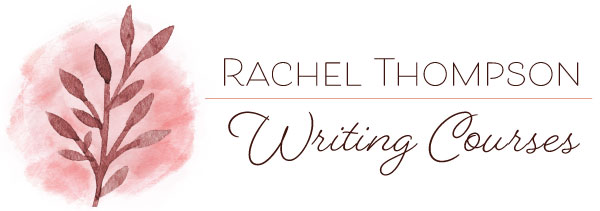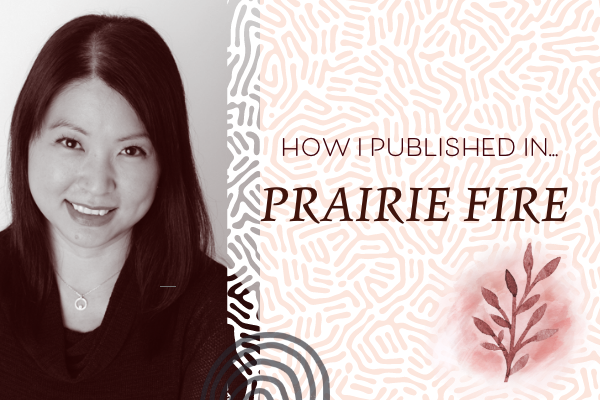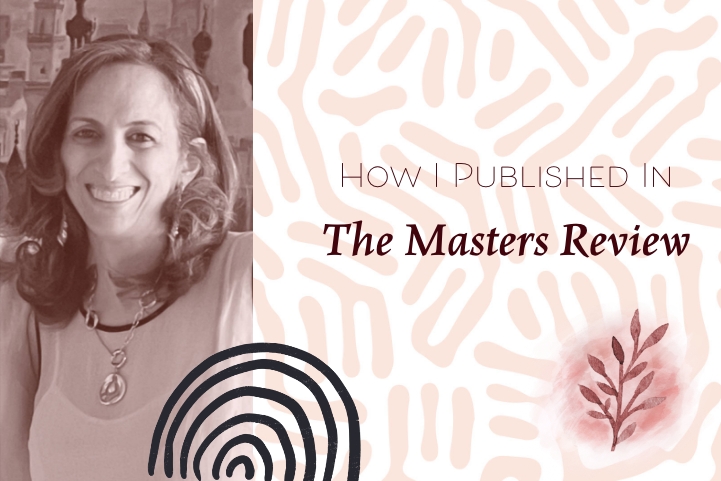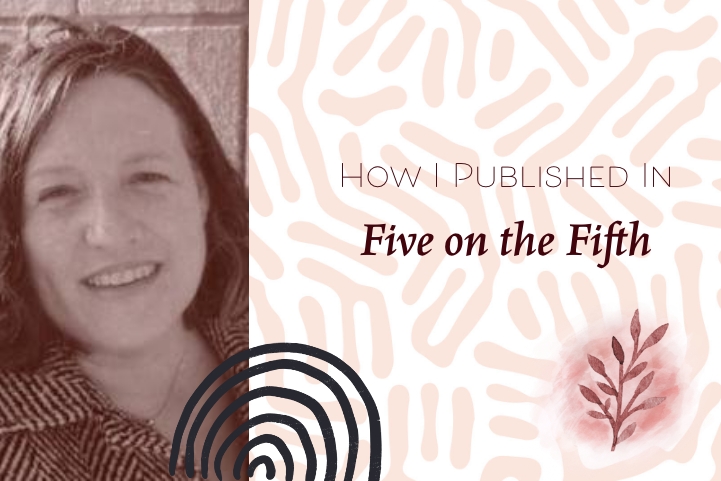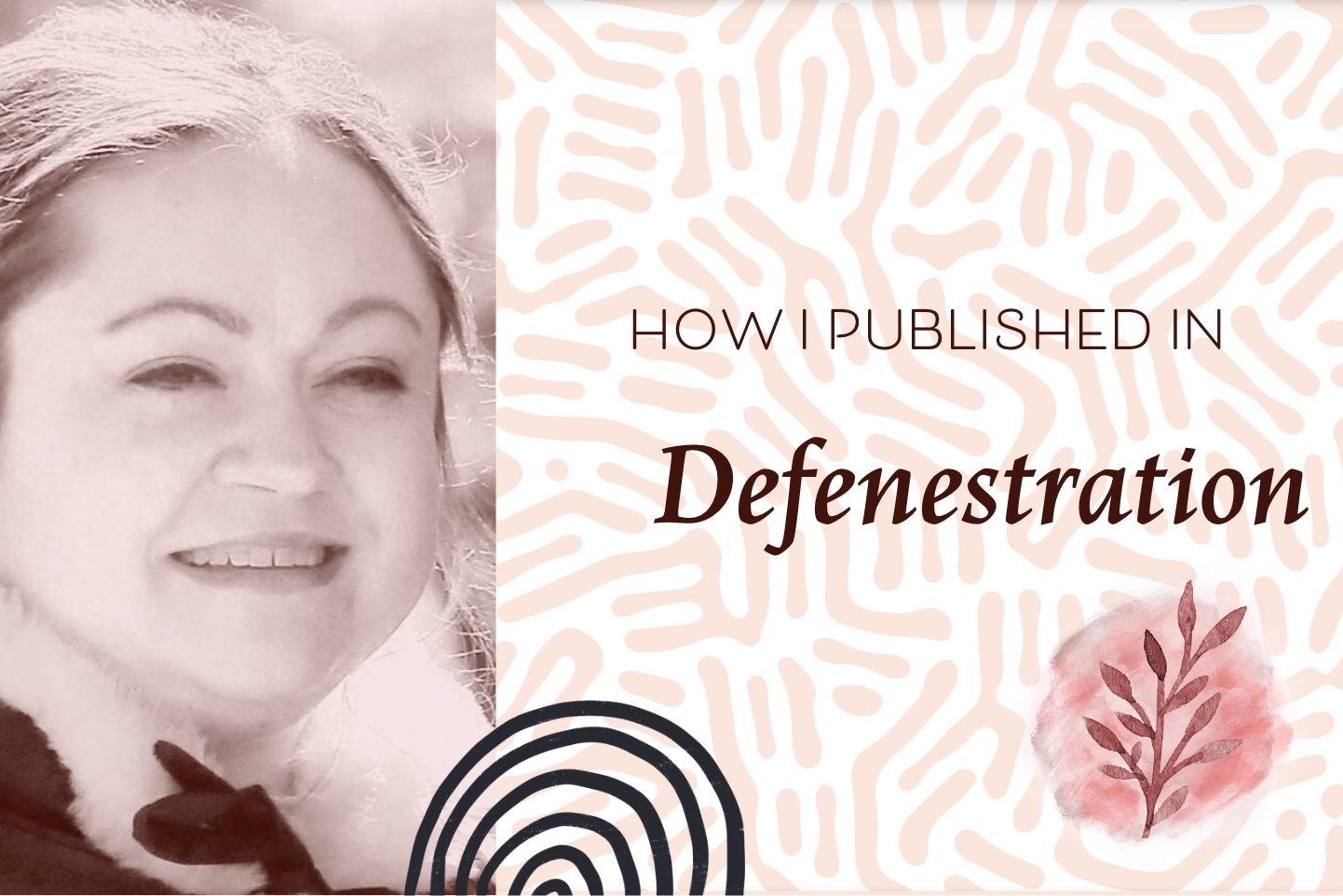By Linda Trinh
My CNF piece “Incense and Ancestors” was published in Prairie Fire in the summer 2018 Vol.39 No.2 issue. Prairie Fire is published in Winnipeg/Treaty 1 territory, the traditional territory of the Anishinaabeg, Cree, Oji-Cree, Dakota, and Dene Peoples, and the homeland of the Métis Nation where I live, and I have been reading and admiring the magazine for years.
I didn’t keep detailed records about submissions then, but I must have submitted work about half a dozen times. I submitted fiction and CNF to their open calls, themes, and writing contests.
I was published in Prairie Fire’s fortieth-anniversary special issue that had a call out to Winnipeg-based writers who had never published in Prairie Fire before. To prepare my submission, I thought of submitting a revised personal essay I had already written. Instead, I felt I needed new energy for a new opportunity. I was working on my memoir manuscript at the time, so I decided to work on something from the manuscript. I then workshopped the stand-alone piece with a couple writer friends before submitting it.
I think fondly of this publication as I had the valuable opportunity to meet and work with the team of Andris Taskans, Janine Tschuncky, and Lindsey Childs. This was my first paid publication, and Prairie Fire nominated my piece for a National Magazine Award. This publication gave me confidence and drive to keep submitting work.
For writers hoping to get published, here are some tips.
About the Craft, my general tips are to keep practicing and keep learning. There are many resources online about getting involved in writing workshops, groups, mentorships, and attending (virtual) writing festivals. Public libraries and regional writers’ guilds may have low-cost or free options and offerings. Listen to podcasts and read craft books. Workshop work and revise as you see fit.
My personal recommendations are to be mindful of who/how you workshop your work and request feedback and what you want to do with the feedback. Not everyone is going to get your work or give you feedback you deem constructive. That’s okay. Find those people/groups that do. The writing podcasts I listen to regularly are The Shit No One Tells You About Writing and Write, Publish, and Shine.
About the business of writing, I suggest you check various literary magazines for themed calls for submission. You may have a piece already that could work or be revised, or you could create something new that fits. Or check out calls for submission regarding identifying with a certain group or groups. I’ve submitted work when magazines were inviting individuals who identify as BIPOC to submit.
Be organized by keeping records about what you submitted to what magazine, when, and if a response comes in. Ensure you keep up to date with various literary magazines for deadlines for contests, prizes, and call-outs through social media platforms. Do everything you need to do/follow all the guidelines, so you do not give literary magazines the possibility of rejecting you for administrative reasons.
I handle rejection with dark chocolate and Doritos!
And when I read literary magazines, I’m just so inspired to know there are so many amazing and talented writers. I can appreciate how hard it is to get work published. So much work may be great, yet it’s a matter of fit and preference for the magazine. When I send in work, appreciating the odds, I figure most likely, I will be rejected.
Even knowing this, I have hope when I submit, so some rejections still hurt more than others. I try to be gentle with myself. If the sting of rejection is quick, then I move on. If it’s more difficult, that’s okay too.
I also started this year to keep a list of writing “successes,” which may mean different things to different people. It could be things like an editor asking to see more work, a rejection leading to another opportunity, etc.
I work a day job in the field of human resources, and my husband and I are raising two school-aged children, so my writing life is my act of self-care. Writing is a space I create for myself. When I am in the flow of creating, I know this is what I am meant to do.
Of course, that doesn’t mean writing isn’t hard. As I dive deeper into being an author, there are more projects and deadlines. So when I start to feel depleted, I trust my intuition. I shift a bit and focus on other things that fill up my creativity well – and for me, that’s yoga, baking, and painting. Then I go back to writing.
Sometimes writing is what drains me and sometimes writing is the fuel.
I’ve never thought of giving up writing. It’s taken me many years to figure out how to incorporate writing in my life in a sustainable way. I feel so privileged to be able to create. And since it’s for my own internal light, I feel free to map out my writing journey as I want it to be.
Writing is very much connected to community. I add my work to the star map of writing that I have read and admired from writers who have come before me. I also feel so blessed to have connected with writers I have met on Twitter and writing groups who are so generous with their time and support for workshopping and general encouragement. Joining Rachel Thompson’s Writerly Love community has really enriched my writing connections.
When I think of rejection, it is comforting to be able to reach out and commensurate with writers who have also had similar experiences. ‘I didn’t get longlisted for the CBC CNF prize. You too? And you?’
I have short stories and CNF pieces that I have submitted and have yet to be accepted anywhere.
Room Magazine – This is Canada’s oldest feminist literary journal and has published fiction, poetry, creative nonfiction, art, interviews, and book reviews for forty years. Room showcases writing and art by women (cisgender and transgender), transgender men, Two-Spirit and nonbinary people. I have submitted fiction and CNF eight times unsuccessfully. For my most recent 9th submission, I will have a CNF piece, “Work At Home Mom,” published in the 44.4 issue.
The Nasiona – The Nasiona is a movement that centers, elevates, and amplifies the personal stories of those Othered by systems of oppression and dominant cultures. Through the magazine, podcast, publishing house, mentorship program, live events, along with other initiatives and partnerships, they strive to humanize the Other. I published The Space in Between as part of their themed submission call for Diaspora & Immigration Stories. I had submitted this piece to two different magazines before it found a home here.
Living Hyphen – Living Hyphen is a community that explores the experiences of hyphenated Canadians. Through short stories, photography, poetry, and illustrations, we uncover what it means to live in between cultures as individuals who call Canada home but with roots elsewhere.
I submitted a CNF piece (that I had submitted to two other places) to their second issue but unfortunately got rejected. This submission, though, led to an opportunity to be part of their podcast’s “On Grief” episode. I’ll keep submitting.
The Malahat Review – The Malahat Review is among Canada’s leading literary journals. Published quarterly, it features contemporary Canadian and international works of poetry, fiction, and creative nonfiction, as well as reviews of recently published Canadian poetry, fiction, and literary nonfiction. I have submitted CNF pieces to this magazine four times to date and yet to be published. I was a finalist for the 2020 Constance Rooke CNF contest. After the contest winner was announced, an editor reached out to ask if the editorial board could consider the piece for a future issue. Ultimately the piece was not published, yet I celebrate all the “successes” along the way as I define them. I’ll keep submitting.
Linda Trinh is a Vietnamese Canadian author who writes fiction and nonfiction for adults and children. She explores identity, cultural background, and spirituality. Her work has appeared in anthologies and literary magazines such as Room, This Magazine, The Nasiona, and Prairie Fire. She has been nominated for two National Magazine Awards. She has studied with published authors through courses at the University of Manitoba, Humber College, Athabasca College, the University of British Columbia and mentorships through Diaspora Dialogues and The Manitoba Writers’ Guild. She lives in Winnipeg/Treaty 1. Twitter: @LindaYTrinh Website: lindaytrinh.com
